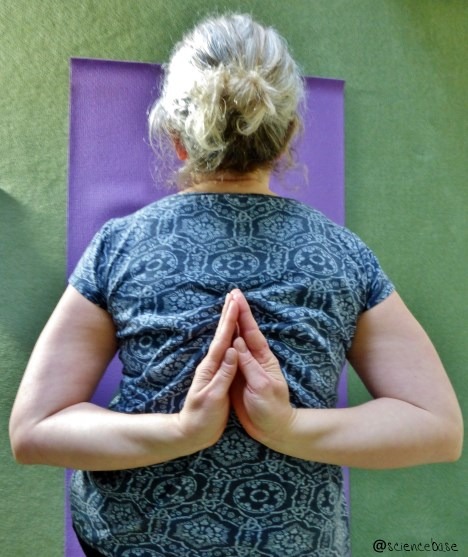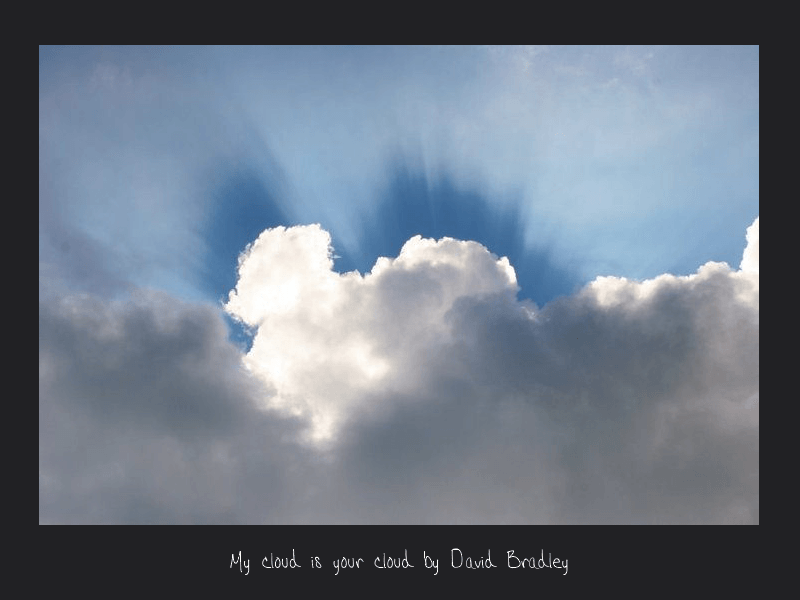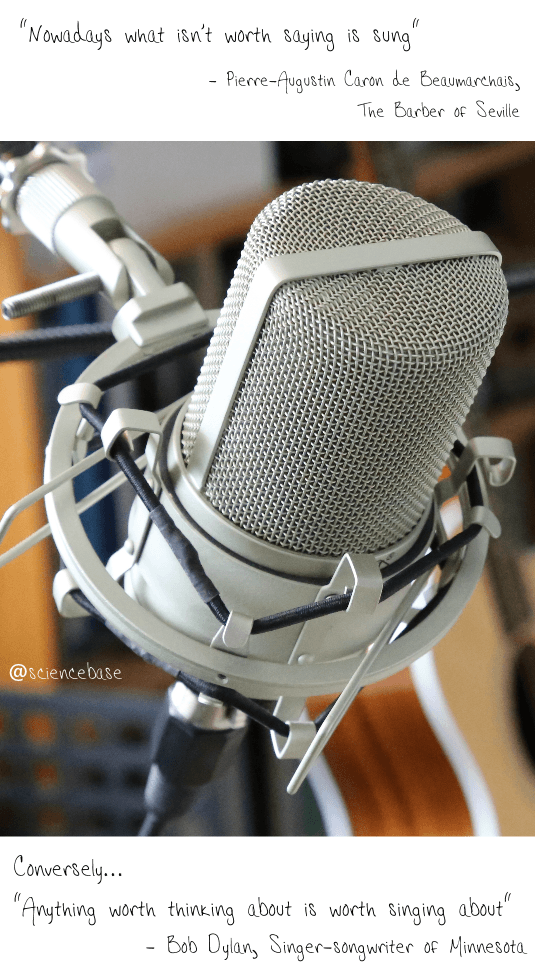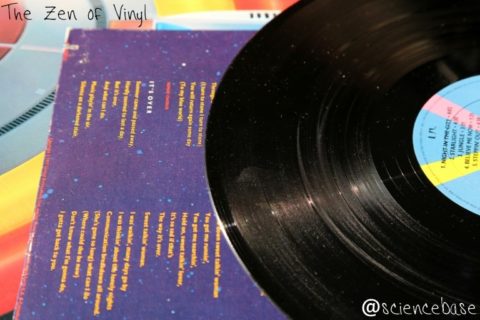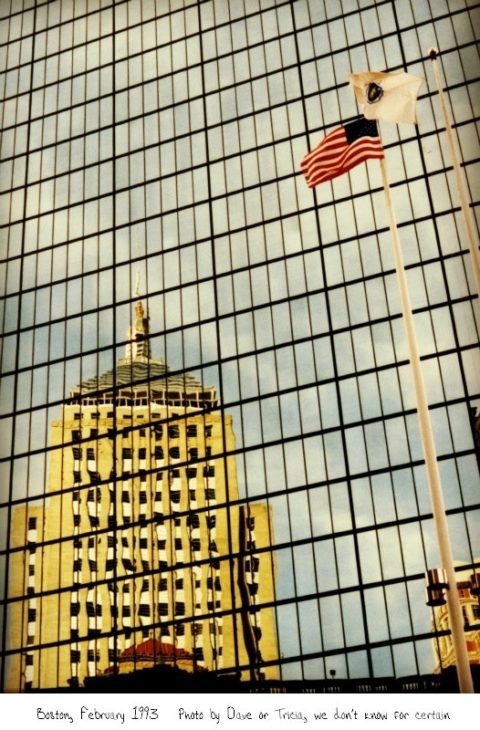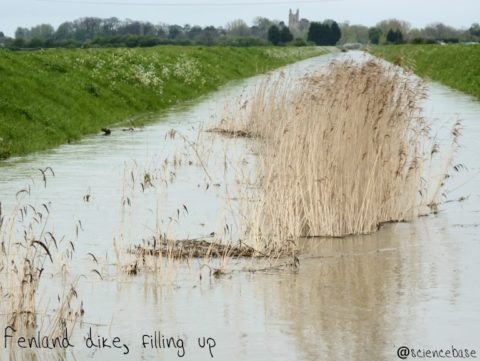I never got it, why is that household cleaning stuff called Cillit Bang, when does a bang ever come into degreasing your BBQ unless you’re smoking and forget to close the gas off? And, what’s a Cillit, anyway.
But, here’s a thing. They also make a product for getting rid of black mould, you know the kind that forms around condensation-ridden window frames and such. The mould Aspergillus niger, produces carcinogenic aflatoxins and is the reason it’s hard to buy brazil nuts in their shells these days and why you should buy decent bird food for you garden feeders. Anyway, a black spray bottle of the stuff arrived with our latest supermarket delivery (more efficient in terms of fuel use for all of us to have home delivery than each drive to the supermarket, by the way). And, I used said spray yesterday on our bedroom window frames; you may recall me mentioning it as a procrastination exercise. It stinks like swimming pool showers as the hypochlorite reacts with organic compounds on your skin to form volatile chlorophenols and other substances.
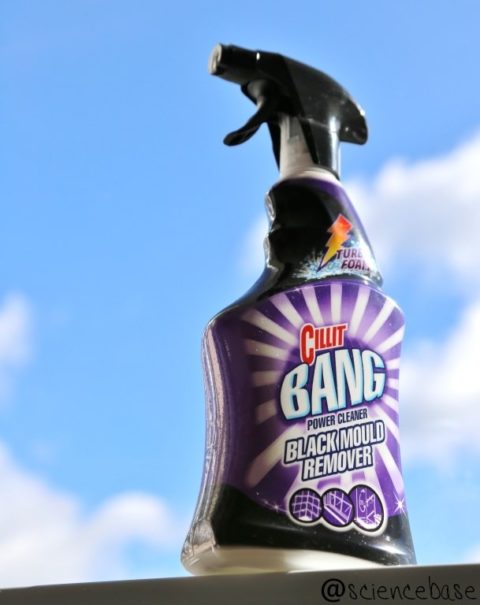
Anyway, therein lies the rub…this Cillit Bang spray bottle was quite expensive (4 quid a litre, I think it works out at) but all it seems to contain is a sodium hypochlorite solution, 2.6g per 100g, non-ioinc surfactants (basically soap) and some wholly pointless “perfume” (see shower scene above). Contrast that with the bottle of household bleach under the sink, 50p a litre and contains 4.5g of hypochlorite per 100g of solution and that soapy stuff but no eau de parfum.
Bottom line, the Cillit Bang stuff isn’t even as strong as the cheap household bleach we use to disinfect the toilet and make cheap tyedye shirts. You’re paying for the spraygun and the brand, I reckon. The conclusion is obvious for next time we need to de-mould the window frames, isn’t it? But, I would recommend wearing goggles and gloves and old clothes you don’t mind getting full of holes when you’re scrubbing mould off with bleach and an old toothbrush, I’ve got an ancient tyedye teeshirt somewhere you can borrow that…
